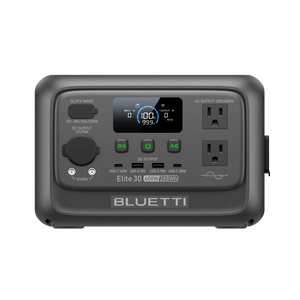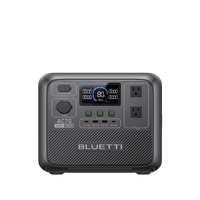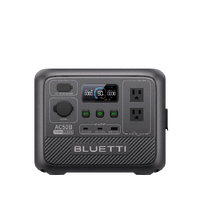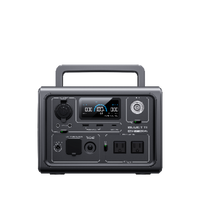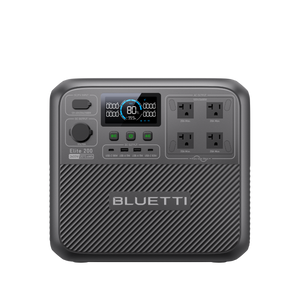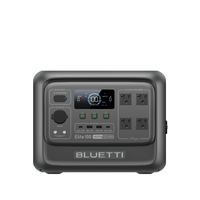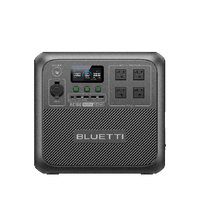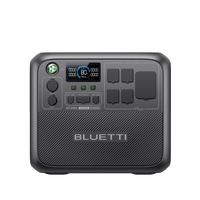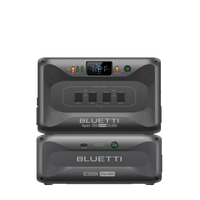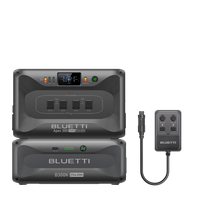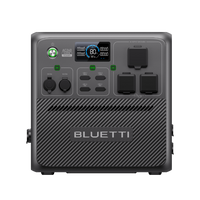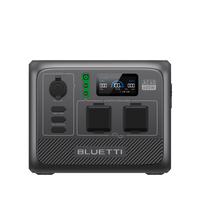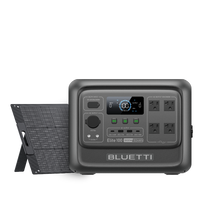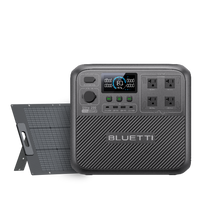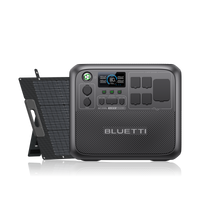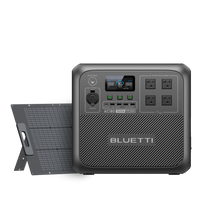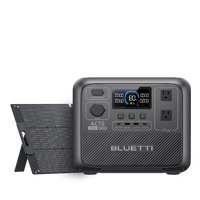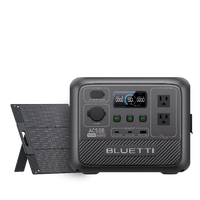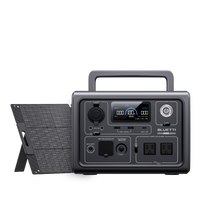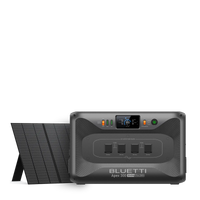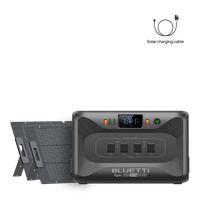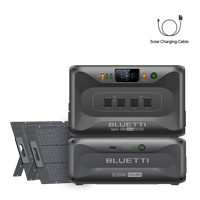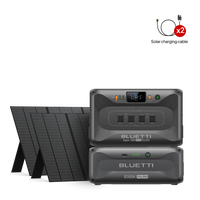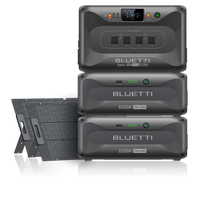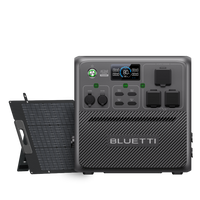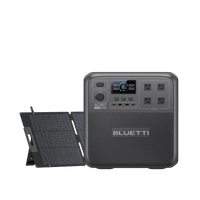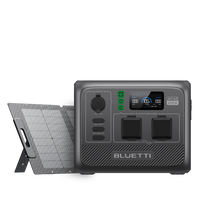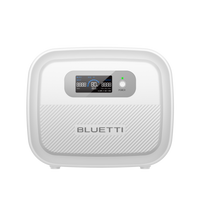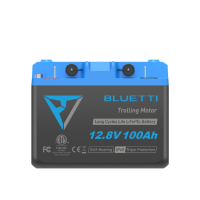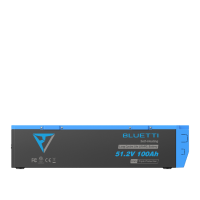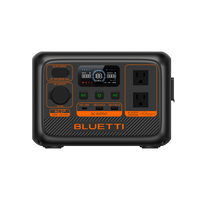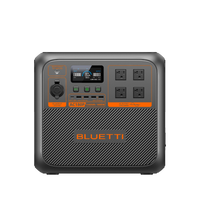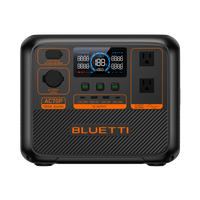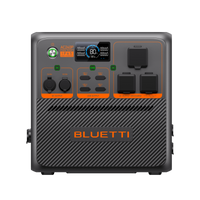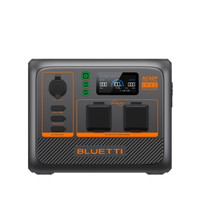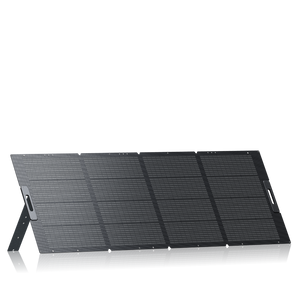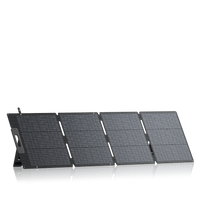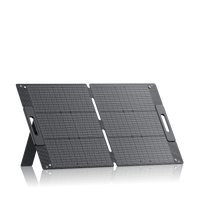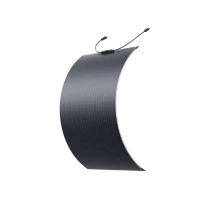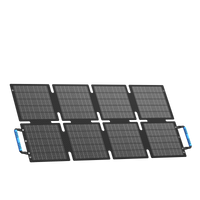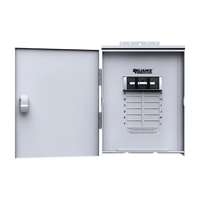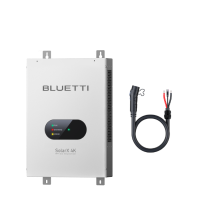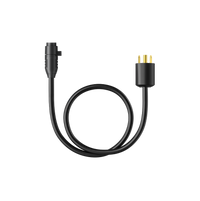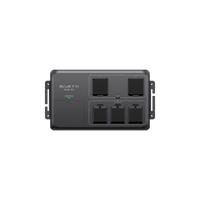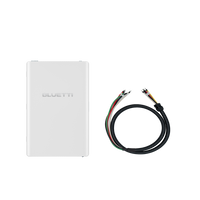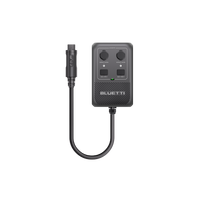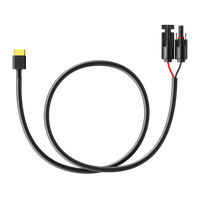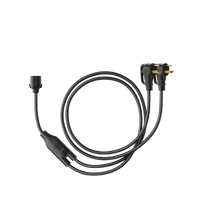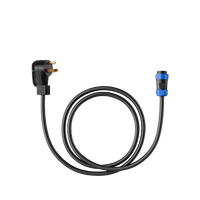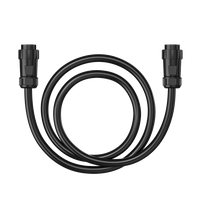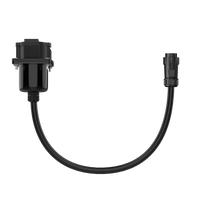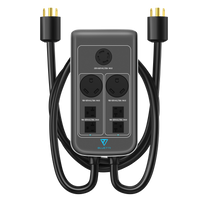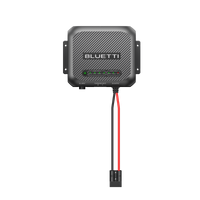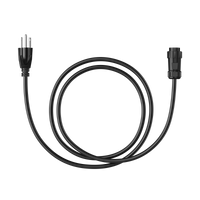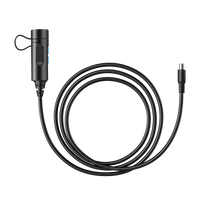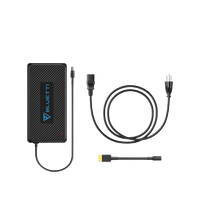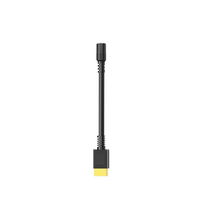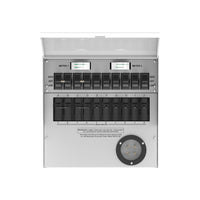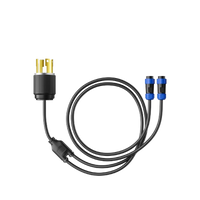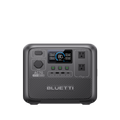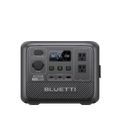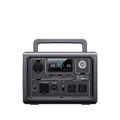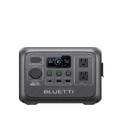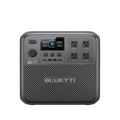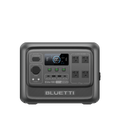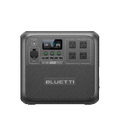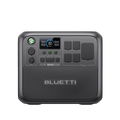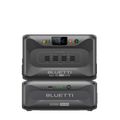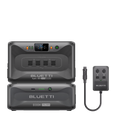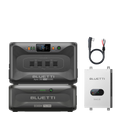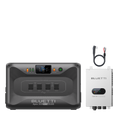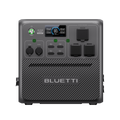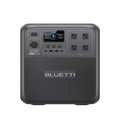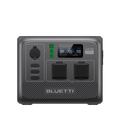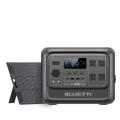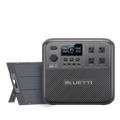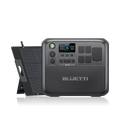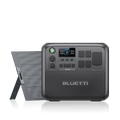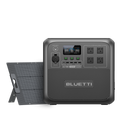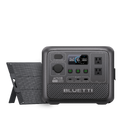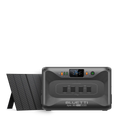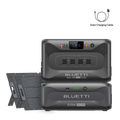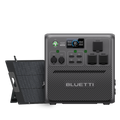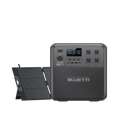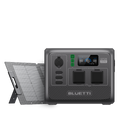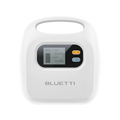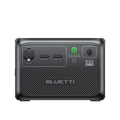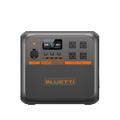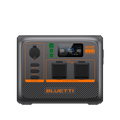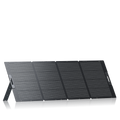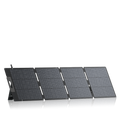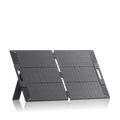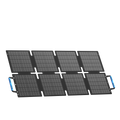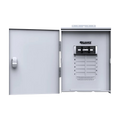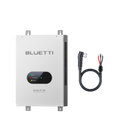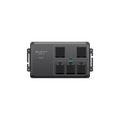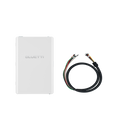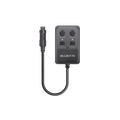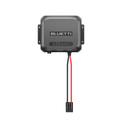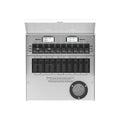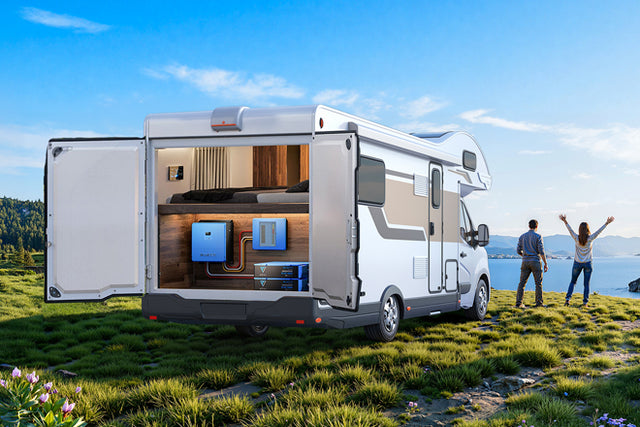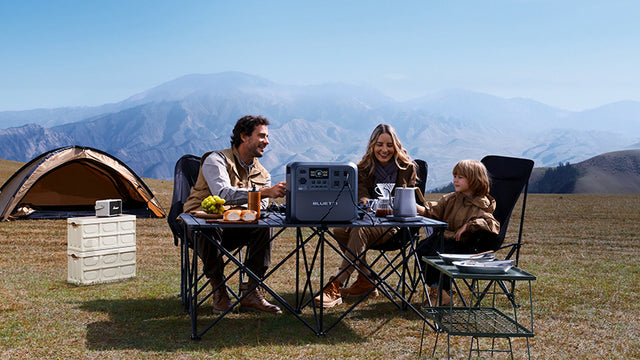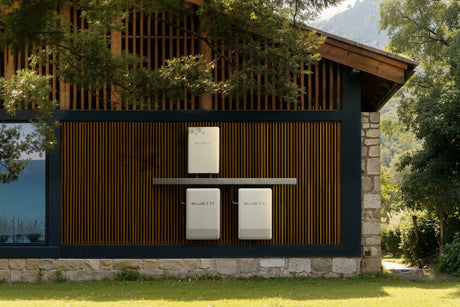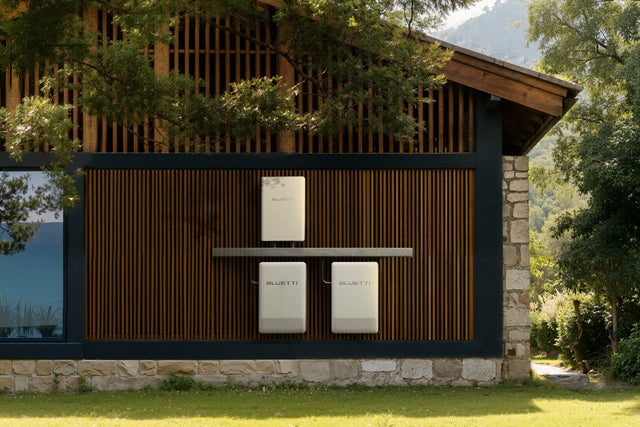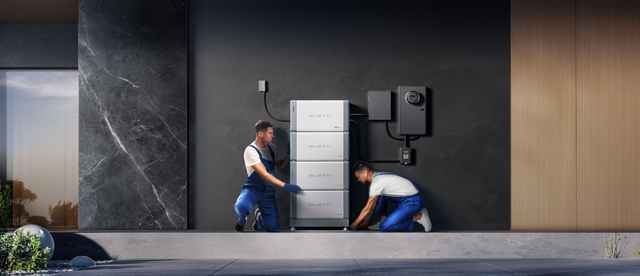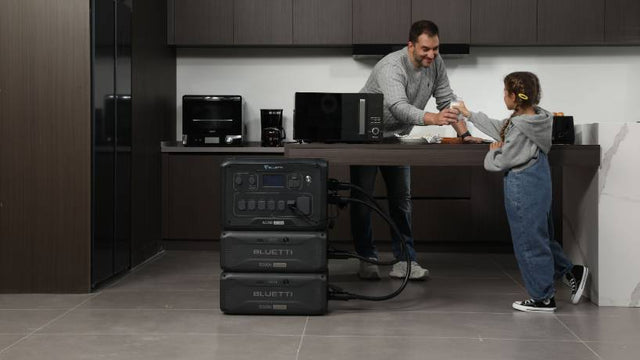Your cart is empty
Shop our productsFor many good reasons, the use of solar systems as renewable energy resources is on the rise. This shift is evident from the stats, according to which, in 2023, around 33GW solar installations were made in the USA only, an increase of 55% compared to 2022.
So, if you are too planning to reap the benefits of the solar system, you must be aware of how to calculate what size of the solar system you need.
Many online calculators can do this job, but eventually, these are rough estimates, and manual calculation is required to achieve the purpose. Here’s a step-by-step guide covering all the related parameters.
How Do I Calculate What Size Solar System I Need?
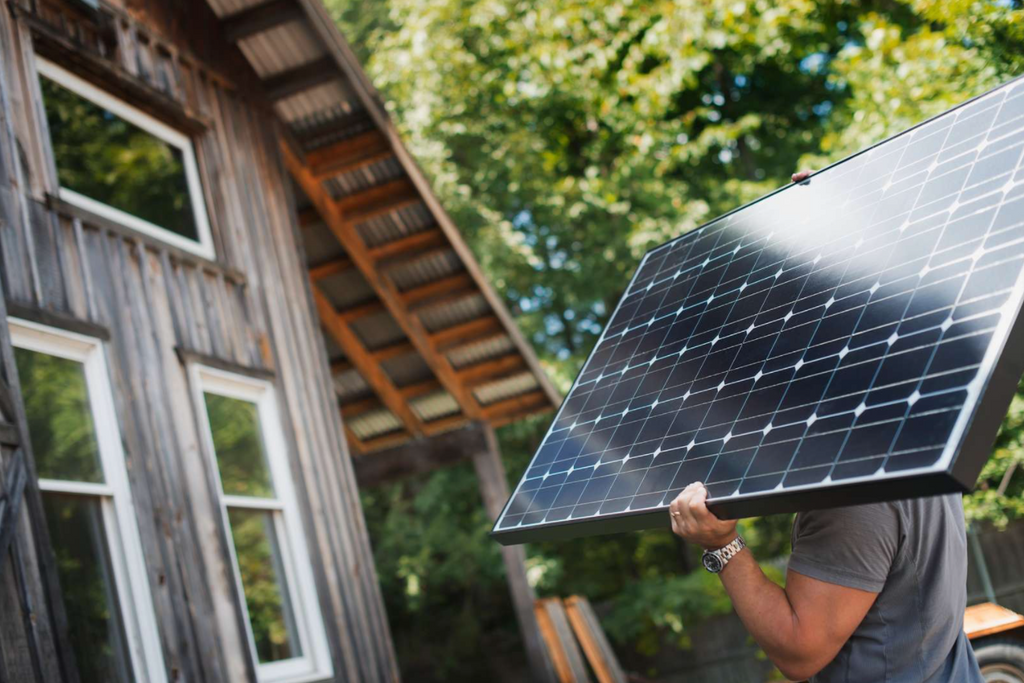
Solar systems work through 3 main parts that include solar panels to generate electricity, converter to convert this energy to usable power, and batteries to store this power. The perfect combination of all these 3 units is crucial to ensure a reliable solar system for your home.
Generally, in the US, the average energy requirement of a typical household is 886kWh. However, these numbers vary according to the lifestyle and location of the house. Thus, it is recommended to calculate personal requirements from solar systems and make your solar installation according to that.
The process of calculating what size of solar system you need is simple, yet it requires a thorough investigation of multiple factors. These include
Calculating your daily energy requirements.
Your energy requirements are directly proportional to the size of the solar system you need. You can easily calculate them by going through your previous energy bills. However, it is essential to calculate the data from at least 8 to 12 months. This is because, with variations in weather, energy usage also fluctuates.
The energy bills are in kWh. What you have to do is add the energy used during those months and then divide by the total number of days. For example, if you are calculating an eighth-month average, add the bills and then divide it by 240. The answer is your average daily energy consumption.
Acknowledge sun peak hours in your area
We all know that solar panels only generate power during the daytime. However, that does not mean that they cannot still be utilized at night.
You see, the working of the solar system involves generating enough power during solar peak hours that can be utilized and stored in batteries to be further used at night. Thus, understanding peak hours in your area is crucial to harnessing solar energy.
Peak hours are the duration when solar radiations are available at maximum capacity to be employed through solar panels. The general quotation for peak hours in the US is 4.2 Hours. However, this varies depending on geographical distribution.
Here are the peak hours for 5 geographical regions of the US.
|
Area |
Per Day Peak Hours |
Per Month Peak Hours |
|
West |
4.3 |
39 |
|
Midwest |
4 |
19 |
|
South |
4.5 |
32 |
|
South East |
4.4 |
26 |
|
North East |
3.6 |
13 |
Check the efficiency of solar panels
Now that you have an understanding of your energy requirements and peak sun hours check what type of solar panels can serve the purpose. Usually, solar panels have a power-generating capacity between 110 and 400 watts. You can count the required number of solar panels for your energy needs depending on their capacity.
How to calculate the size of the solar system for your needs
This process is simple and involves a little crunch of math. You can complete this in the following steps.
- To start, firstly, you need to convert your daily energy use from kilo-watt hours (kWh) to watt hours (Wh). For this, multiply the average daily energy consumption you calculated from utility bills by 1000. For example, if your daily usage was 40kWh, in Wh, it will be 40000.
- The next step is calculating how many watts you will need to produce to meet your daily consumption needs. For this, divide your total energy requirement by peak hours. For example, if your requirement was 40000 and your peak sun hours were 5, you would have to produce 8000W/ hour.
- Now, finally, you can calculate your solar panels requirement by dividing the production capacity of solar panels by the hour requirement. If needs are 8000W/ per hour and solar panel efficiency is 400W, you will need 20 solar panels to meet your per day energy requirements.
Related articles: What Is the Best Battery for Off-Grid Solar System?
Off-Grid Solar Systems vs. Grid-Tied Solar Systems: Which Is Better?
Other Important Considerations While Calculating the Size of the Solar System for Your Home
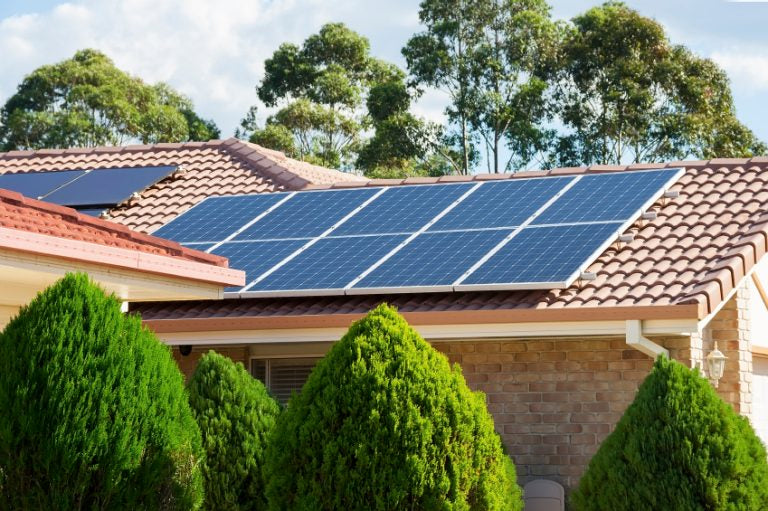
The procedure to calculate what size of solar system you need is simple. However, this is not precise, as some other factors can also affect the final outcomes. These include
The Location of the solar setup
The place where solar panels are installed can increase or decrease their efficiency. For example, if the solar panels are covered with shade or they do not get adequate sunlight in peak hours, this will eventually decrease power production.
Contrarily, if solar panels are installed on roofs, by keeping in mind the direction of the sun, their peak hours will increase, and so will their energy production capacity.
Intentions for solar setup
Secondly, while calculating what size of solar system you will need, it's important to understand your purpose for solar installations. You see, if your primary source of energy is the conventional grid and you are using solar systems for power backup during a blackout, your energy requirement from the solar system would be much lower.
On the other hand, if you are shifting off-grid and relying on solar systems for all your needs, your unit should produce enough power to meet day functions and produce extra power to be stored at night. Eventually, you will require a big solar setup for this.
Which is better, solar systems or solar kits?
Let's answer this question by understanding the main difference between them. Solar systems are manufactured from 3 main parts, i.e. solar panels, batteries, and inverter. All these parts are available separately and enjoined to make a working system.
Contrary to this, solar kits are modern counterparts of solar systems. They are complete packages with pre-built solar panels, mounting wires, batteries, inverters, and other necessary components. They are built on plug-and-play principles.
While both the solar systems and solar kits have the same functions, the latter have some advantages over the first. They are pre-designed, which means all their components are highly compatible with each other, unlike solar systems, where you have to pick up their parts individually.
Furthermore, what sets solar kits apart is their easy portability and installation. They can easily be installed in congested places like balconies, walls, and small roofs, making them perfect for indoor use. Next, we have some handpicked solar kits for you that can help power your entire household, depending on their model.
Solar generator kits from BLUETTI
Whether it’s about zero maintenance, free power supply, or clean energy, solar generators have various benefits to offer. However, one primary concern is their high initial costs, which require a critical approach when opting for any solar unit.
BLUETTI is a leading brand in the realm of solar energy. Their products are not only highly efficient but, compared to their competitors, are more budget-friendly, safe, have extended life spans, and are highly reliable. And these are not only claims. Reviews from thousands of satisfied customers are a vital testament to this.
Here are our top 3 recommendations from BLUETTI. Each product has its specific features. You can choose what aligns best with your power consumption needs.
BLUETTI AC200P + 3*PV200
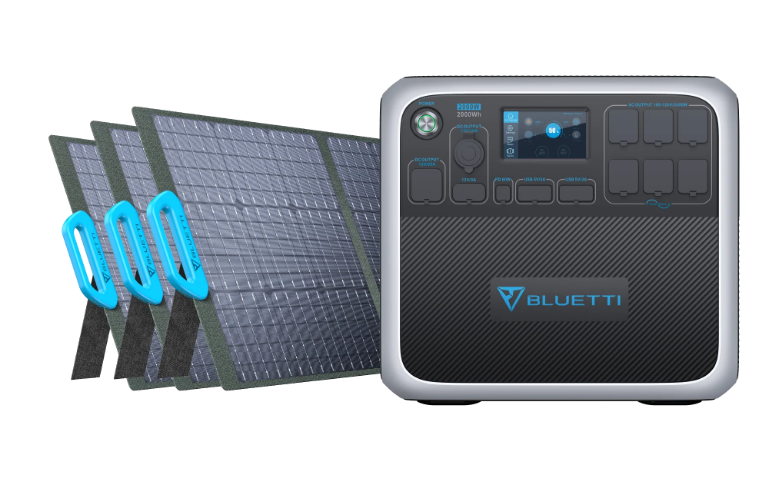
The first unit on our list is AC200P. This comes with a 2000W pure sine wave inverter and a surge capacity of up to 4800W. Its LiFePO4 built-in battery capacity is 2000Wh, which offers 3500 plus life cycles. This means if you consume one charge cycle per day, the battery has a life span of more than 10 years.
Talking about its safety, AC200P is integrated with the battery management system, making it highly recommended for voltage-sensitive devices. The unit could be charged through 7 recharging streams. This means you do not have to rely only on solar radiation. Its solar input is 700W, and it takes 3-4 to charge it fully. With AC+solar, the allowed input is 1200 and recharging time revolves around 2.2-2.7 hours.
Furthermore, to ensure compatibility with all your appliances, the system has multiple output ports, including AC, DC, USB, and wireless charging ports.
BLUETTI AC200MAX + 2*B230 + 3*PV200
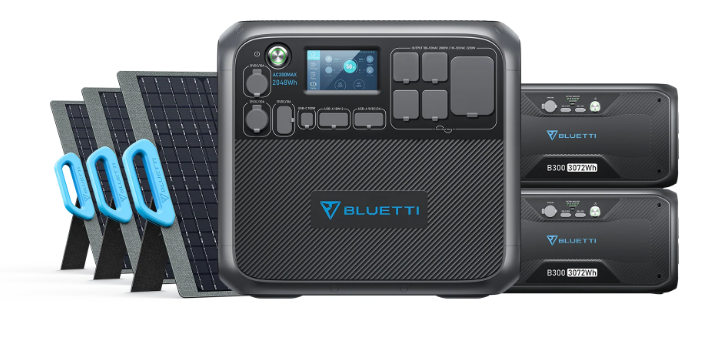
If your power requirements keep rolling, this expandable system could be your way to go. AC200MAX has an output capacity of 2200W and a surge power of 4800W. Its off-the-shelf battery capacity is 2048Wh, which is expandable up to 8192Wh with 2 B300 batteries.
With solar only, the input capacity is 900W, and it requires 3-3.5 hours to recharge the system. However, this time can be decreased to around 2 hours with AC+ solar charging that has an input of 1400W.
What sets AC200MAX apart from its competitors is its price match guarantee. If you get any unit with same specifications at a lower price, you can claim the extra amount.
Other specifications include multiple output ports, 7 recharging streams, a battery management system, and operations through the BLUETTI smart app.
BLUETTI EP500 + 3*PV200

If you want to go completely off-grid or are looking for a unit that can fulfil the power needs of the entire family, you can opt for EP500. Its giant LiFePO4 battery has a capacity of 5120Wh and offers 6000+ charge cycles.
The system comes with tires to make it highly portable. With around 16 output ports, including USB, AC, DC, wireless, and lighter ports, it can support the power needs of multiple devices simultaneously.
Furthermore, to make its operations smooth, it has an inbuilt smart touch screen and can also be operated through the BLUETTI smart app. In case, you find any issue or need help, its 5 years of hassle-free warranty and lifetime customer support are always there for you.
The Bottom Line
Shifting your energy needs to the solar system is a good move both economically and environmentally. However, before you make a decision it's important to understand your energy needs first. This coupled with other factors like the availability of sun at your location and home size helps to understand what size of solar system will be suitable for you.
However, choosing a solar system could be a daunting task as it requires careful consideration of every part of the unit. Thus, solar kits, especially from BLUETTI could be more suitable as they work on plug and play format and have everything pre-built.
Shop products from this article
You May Also Like

What Does a 30% Federal Solar Tax Credit Mean and How to Apply?
Governments around the world are offering programs that encourage homeowners to switch to solar energy. Among the most notable programs is the 30% Federal Solar Tax Credit. It reduces your...

Deadly Flooding Devastates U.S. South and Midwest — What You Need to Know


